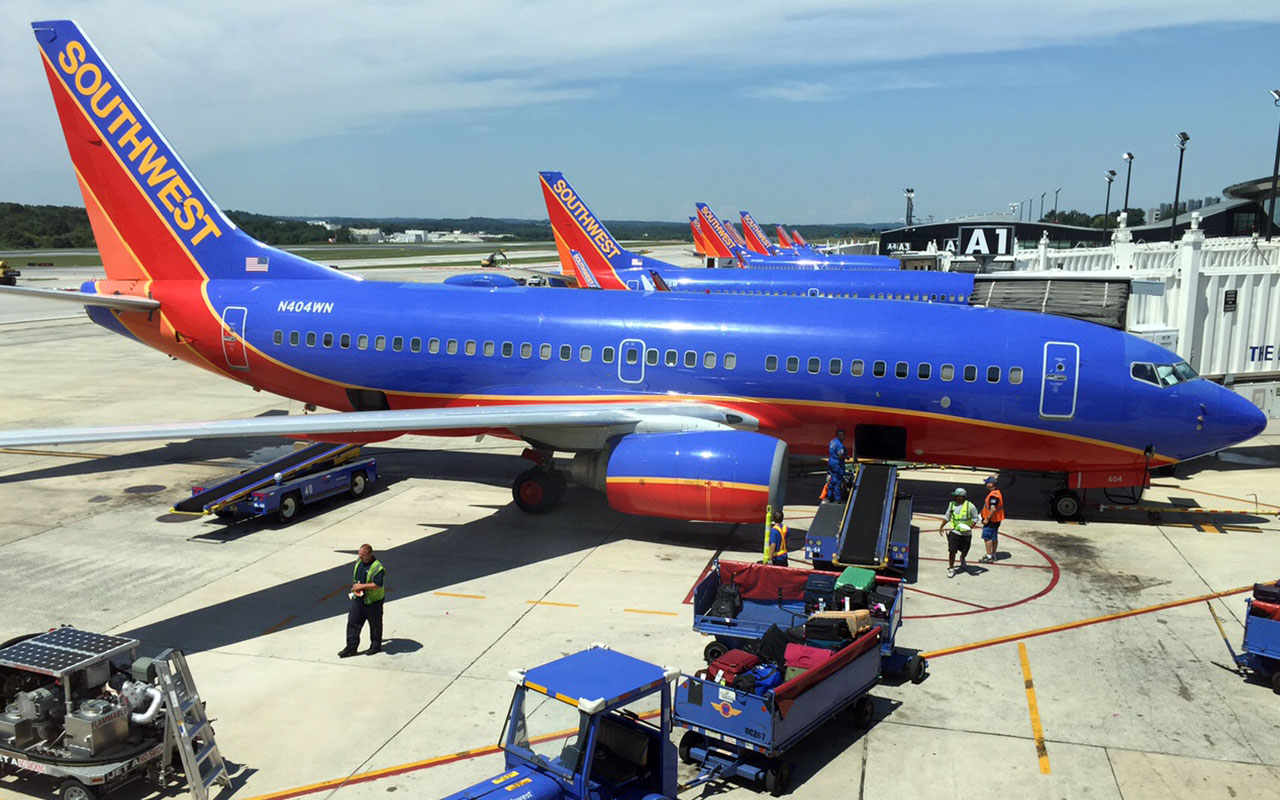
If left unresolved, a stalemate in negotiations between Southwest pilots and the airline could lead to a rare strike. To help you understand what is going on and what we expect to happen in the future, our highly-experienced Kiplinger Letter team will keep you abreast of the latest developments and forecasts (Get a free issue of The Kiplinger Letter or subscribe). You'll get all the latest news first by subscribing, but we will publish many (but not all) of the forecasts a few days afterward online. Here’s the latest...
Southwest Airlines is bracing for a possible strike by its pilots after years of contract negotiations failed to produce an agreement. The pilots’ union, the Southwest Airlines Pilots Association, has asked to be released from mediation, over Southwest’s objections, and is now awaiting an official ruling on its request from the National Mediation Board. Union members voted almost unanimously in May to authorize a possible strike, with roughly 98% of pilots participating.
The main point of contention is the airline’s pilot scheduling system, which has been blamed for causing pilot fatigue and flight delays. For example, Southwest’s antiquated tech was implicated in the carrier’s disastrous meltdown in December of last year, when 16,000 flights were canceled over a period of 11 days.
But a strike is still several steps away. Even if the mediation board grants the union’s request, it may first offer both sides the opportunity to arbitrate the dispute. If either side declines the arbitration, both sides will enter a 30-day “cooling-off” period, after which the pilots can legally strike.
Pilot strikes are historically rare. The last one occurred in 2010 at Spirit Airlines. Agencies like the National Mediation Board take pains to prevent work stoppages from disrupting the flow of interstate commerce via the airline and railway industries, with Congress also sometimes stepping in.
Southwest is still hoping for a breakthrough in the negotiations, similar to the deal it struck last month with the union representing its mechanics.
This forecast first appeared in The Kiplinger Letter, which has been running since 1923 and is a collection of concise weekly forecasts on business and economic trends, as well as what to expect from Washington, to help you understand what’s coming up to make the most of your investments and your money. Subscribe to The Kiplinger Letter.







